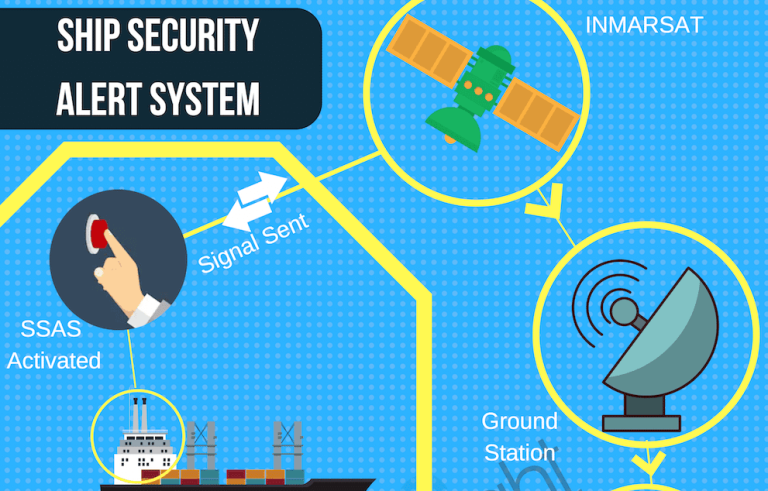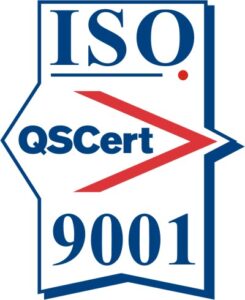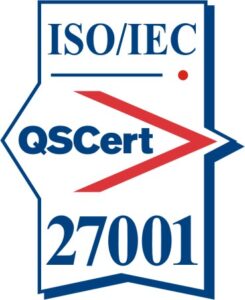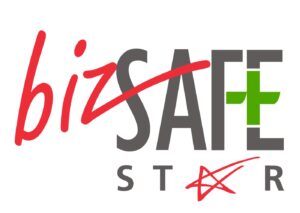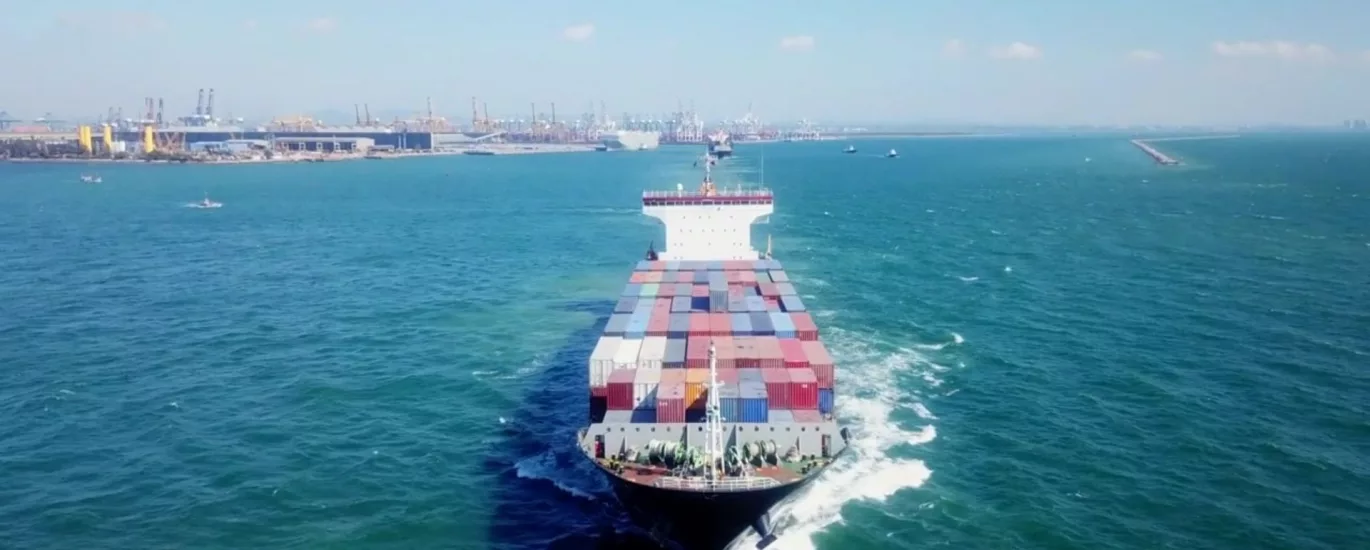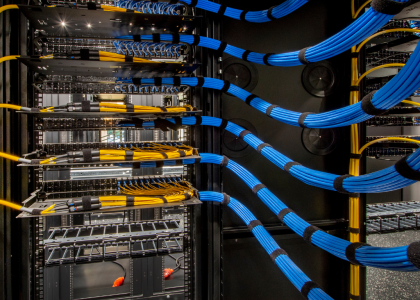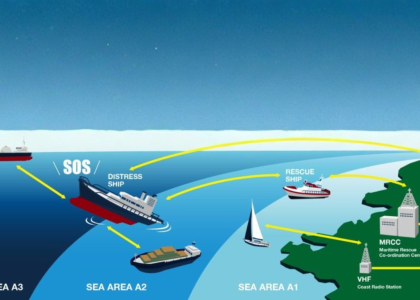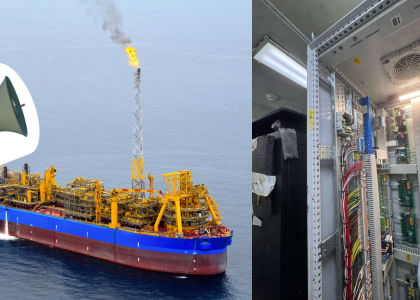Staying Safe at Sea
The Global Maritime Distress and Safety System (GMDSS) was developed in response to a number of high-profile marine disasters in the 1970s and 1980s, including the sinking of the Titanic. Several tragedies highlighted the need for a modern, reliable communication system that could help mariners in distress to quickly and efficiently communicate with rescue services.
The GMDSS is a comprehensive international communication system developed by the International Maritime Organization (IMO) to ensure the safety and security of mariners on the high seas. The GMDSS provides a framework for distress and safety communications, which is used by ships and shore-based stations to communicate with each other in times of emergency.
Components and Equipment
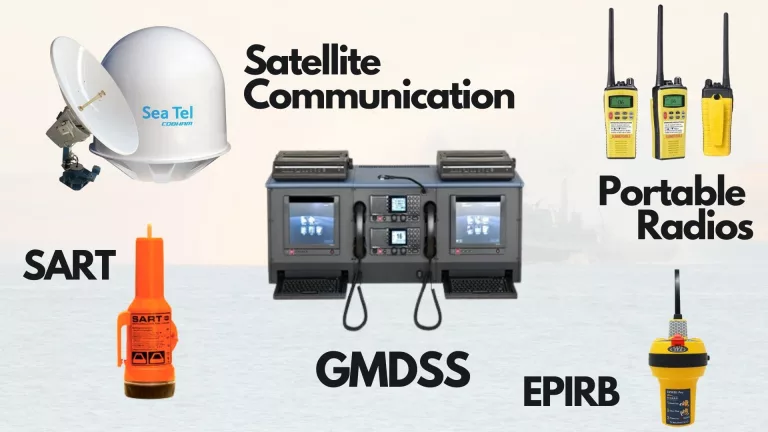
The GMDSS is based on the use of digital technology and radio communications and is designed to cover all areas of the world’s oceans, as well as major shipping lanes and coastal waters. The system is mandatory for all ships subject to the International Convention for the Safety of Life at Sea (SOLAS).
It is made up of several different types of equipment, with special requirements depending on the area of operation in the sea, flag state and classification society.
VHF Radios with Digital Selective Calling Equipment: Very High Frequency (VHF) radios are used for short-range communications, typically within 30 miles of shore. They are often used for routine communications between ships and shore stations, as well as for emergency communications.
MF/HF Radios: Medium Frequency (MF) and High Frequency (HF) radios are used for long-range communications, typically over distances of hundreds or thousands of miles. These radios are often used for communicating with rescue services, as well as for routine communications.
Inmarsat: Inmarsat is a satellite communication system that is used for long-range communications. It allows ships to communicate with rescue services, as well as with other ships and shore stations.
EPIRBs: Emergency Position Indicating Radio Beacons (EPIRBs) are devices that are used to transmit distress signals. They are activated automatically when a ship is sinking or in distress and transmit a signal that can be picked up by rescue services.
SARTs: Search and Rescue Transponders (SARTs) are devices that are used to locate a ship in distress. They transmit a signal that can be picked up by rescue services and are typically used in conjunction with radar to locate the distressed ship.
Other Mandatory Systems
Maritime vessels are also required to have the following systems:
- Automatic Identification System (AIS)
- Global Positioning System (GPS)
- Ship Security Alert System (SSAS)
- Long-range Identification and Tracking (LRIT)
The GMDSS has significantly improved the safety of mariners at sea by providing a reliable communication system that can be used in times of emergency. The system has helped to reduce the number of marine disasters and has also helped to improve the speed and efficiency of rescue operations.
